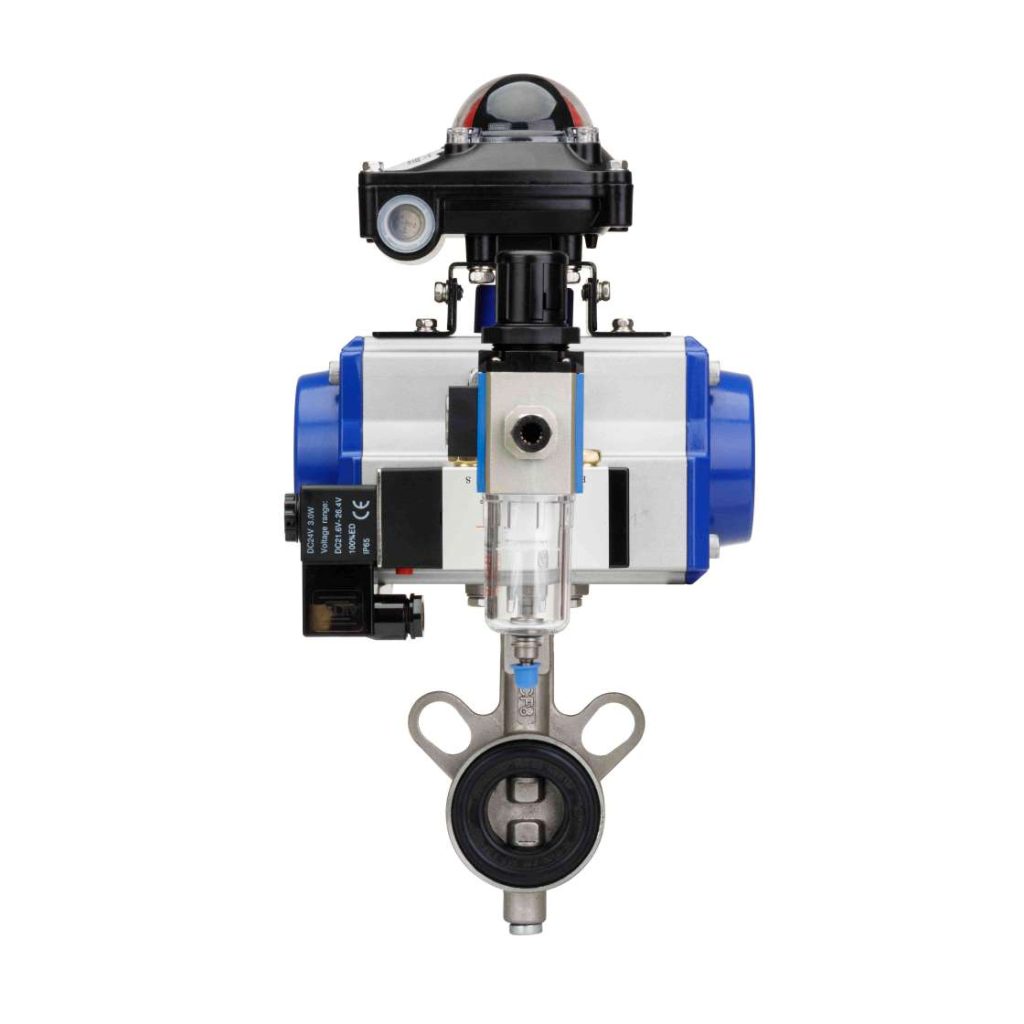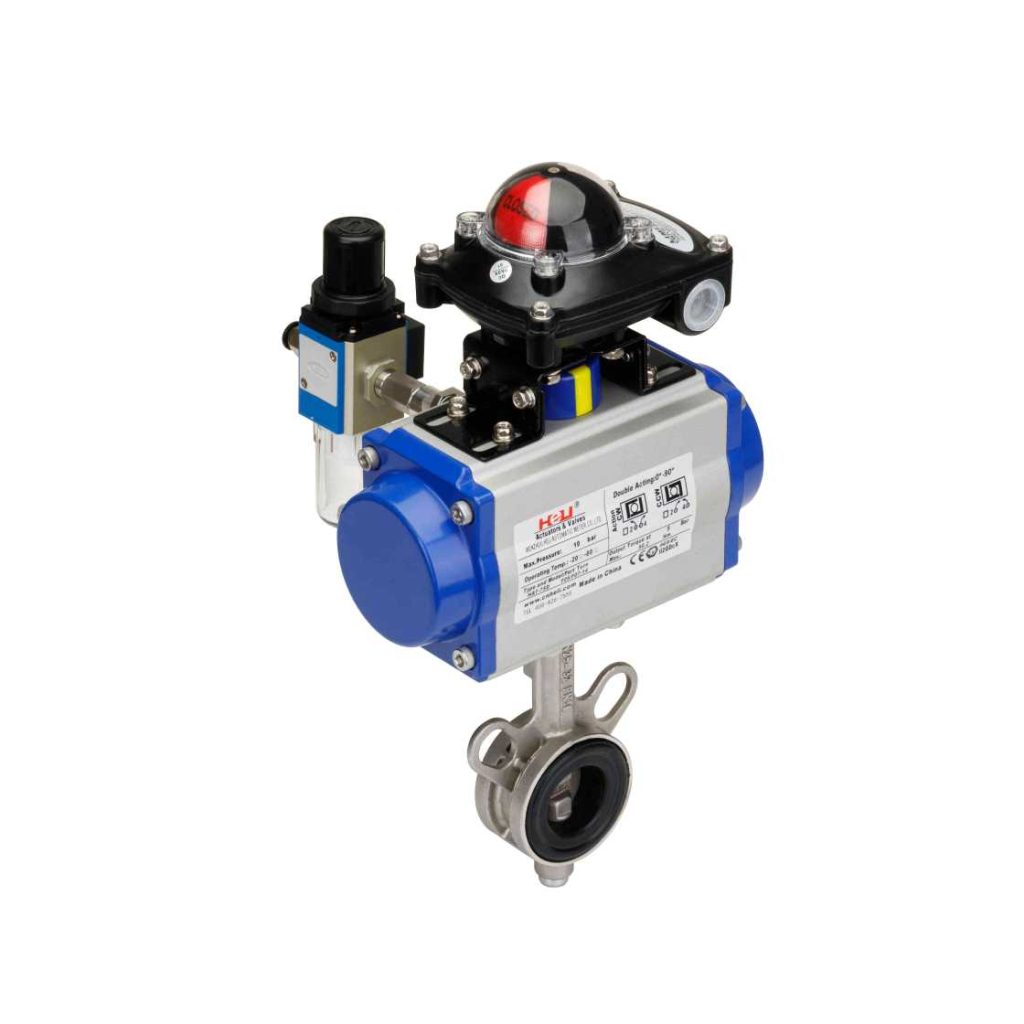A stainless steel pneumatic butterfly valve is a critical component in modern industrial applications, offering exceptional control over the flow of various substances in a wide range of systems. These valves are widely used in industries such as oil and gas, food and beverage, chemical processing, and water treatment due to their durable construction, easy operation, and cost-effective nature. This article will explore the key features, benefits, and applications of stainless steel pneumatic butterfly valves, explaining why they are the go-to choice for many industrial processes.

Key Features of Stainless Steel Pneumatic Butterfly Valves

The stainless steel pneumatic butterfly valve is designed with a circular disc or vane that rotates to regulate the flow of liquids, gases, or slurries. Pneumatic operation means that the valve is controlled by compressed air, making it easier and faster to open or close the valve remotely or automatically. These valves are often preferred in systems that require frequent cycling or automation, as pneumatic actuation ensures quick and reliable performance. Durability and Corrosion Resistance: One of the most significant advantages of using stainless steel in butterfly valves is its corrosion resistance. Stainless steel is known for its ability to withstand harsh environments, including exposure to chemicals, moisture, and high temperatures. This makes stainless steel pneumatic butterfly valves an ideal choice for industries such as chemical processing and wastewater treatment, where the valve must endure corrosive substances.

Leave a Reply